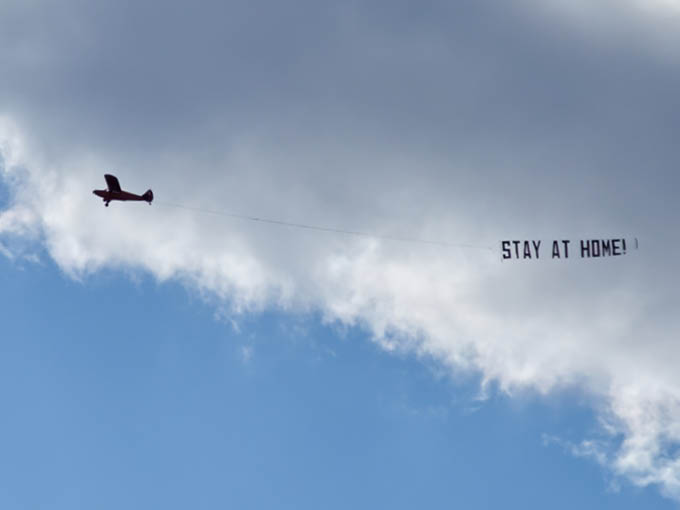In less than a month, the world upended itself.
We’ve gotten through the work-from-home transitions. The rush to set up home offices is done, and companies have rolled out strategies for keeping their employees engaged from a distance. Where possible, events have been postponed or cancelled. Broadcasters have taken stock of holes in their schedules, and are making contingency plans. PSAs helping kids make sense of the crisis have flooded the market.
But that was the easy part.
Here in Toronto, where Kidscreen’s offices are based, our local city government warned us that social distancing measures are likely to be in place for 12 weeks, minimum. This is being echoed in cities and countries around the world.
For the world of entertainment, this prolonged lockdown is a mixed bag. Yes, more people are watching television. But that means little when you factor in the disrupted production cycles, falling ad dollars, and inability to make any sort of plan.
While the world of children’s entertainment is somewhat sheltered from the deeper ramifications reaching out across the industry, it is not immune. Supply chains are disrupted, and release cycles are in flux, which means carefully thought-out licensing and merch plans need to be changed. Live action, representing a smaller fraction of the overall kids content output, is on a seemingly indefinite hold. And even once social distancing measures begin to ease up, it’s not like the industry can magically pick up where things left off. Productions are likely to face difficulty obtaining filming permits and a lack of studio space as backlogs will need to be cleared. Production lines that have been retooled to make life-saving medical devices will need retooling again–which is not an insignificant feat. Theme parks and experiences will take a while to recover. And in the meantime, companies are facing difficult decisions over who to furlough and for how long.
Planning for a crisis is hard. Planning in a crisis is nearly impossible. Companies are going to be having some very difficult conversations with themselves over the coming months—which projects to sit on, which to scrap completely? How to retain the most staff possible? What needs to be sacrificed so that the entirety of an organization can move forward?
This is the hard part.
Starting this week, we began rolling out a a series of resource guides for the industry, starting with mental health support. Next week’s guide will look at financial assistance for companies and individuals. We’re also looking for examples of how the kids industry is giving back to its audience. (PSAs and comforting content is great, but we’re specifically looking to highlight organizations that are offering up financial assistance or support to families hard hit by the pandemic or recession, or organizations that are re-tooling their factories to provide essential manufacturing to the medical front lines.) Please reach out to me (mhaynes@brunico.com) if you have something along those lines that you’d like to share.
We’re also going to continue to offer articles on weathering the storm, and how to ramp up on the other end of it. If you’ve got ideas, get in touch with Alexandra Whyte (awhyte@brunico.com).
But I’ll also take a minute to remind our readers that you’re more than just the “kids entertainment and toy industry.” (And this is going to get a bit kumbaya-ish, so bear with me.) You’re also a tight-knit community. So while life is stressful and times are uncertain, check in on your fellow creators, producers, buyers and toymakers.
We’ve gotten through the easy part, and planning for the post-COVID future is difficult. There are challenging and uncomfortable conversations ahead. But you, as an industry, have strength and support in your colleagues, in your peers, in your competitors. The hard part is now, and hopefully we can all help each other get through it.
Photo courtesy of Amelie & Niklas Ohlrogge, Unsplash.





















